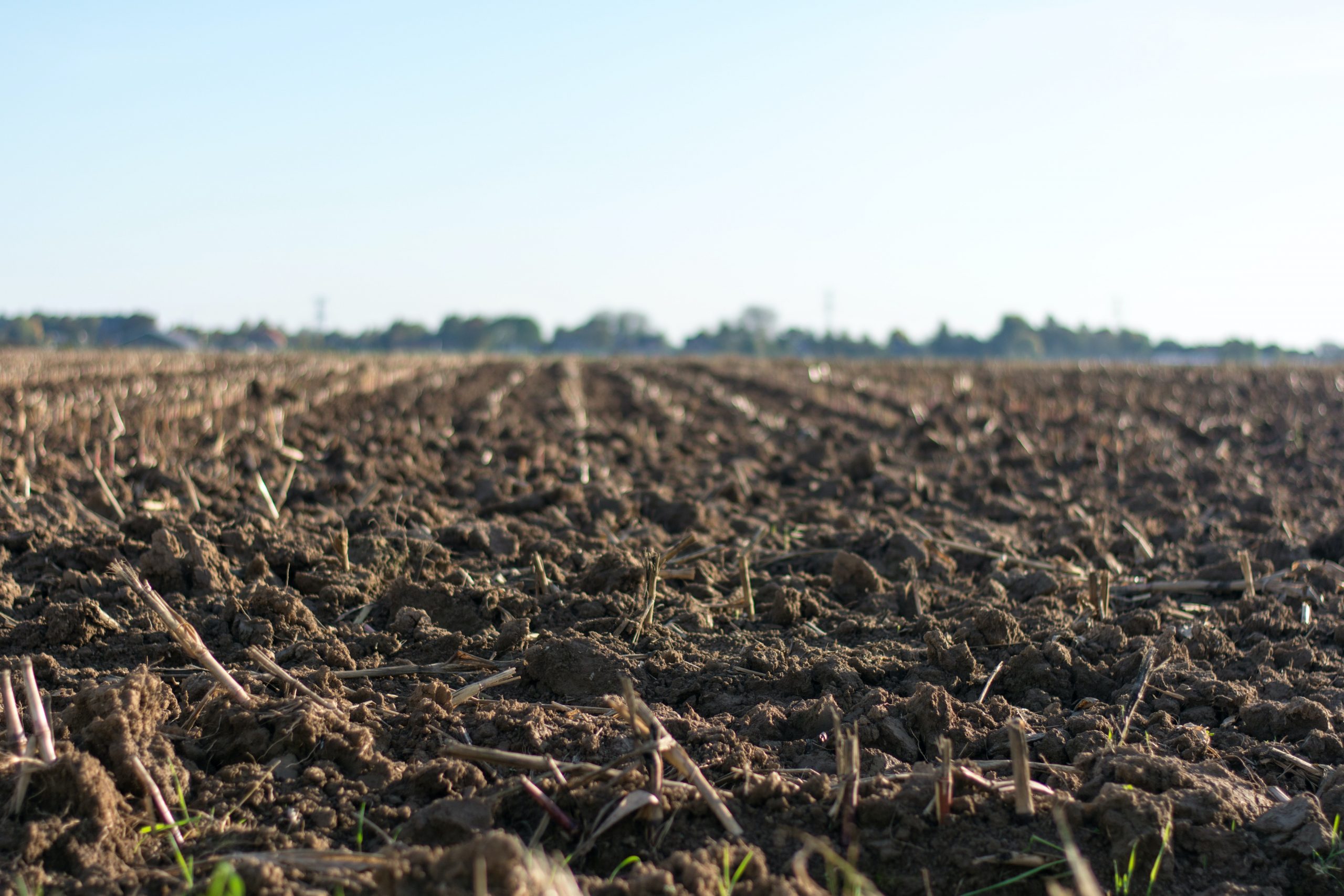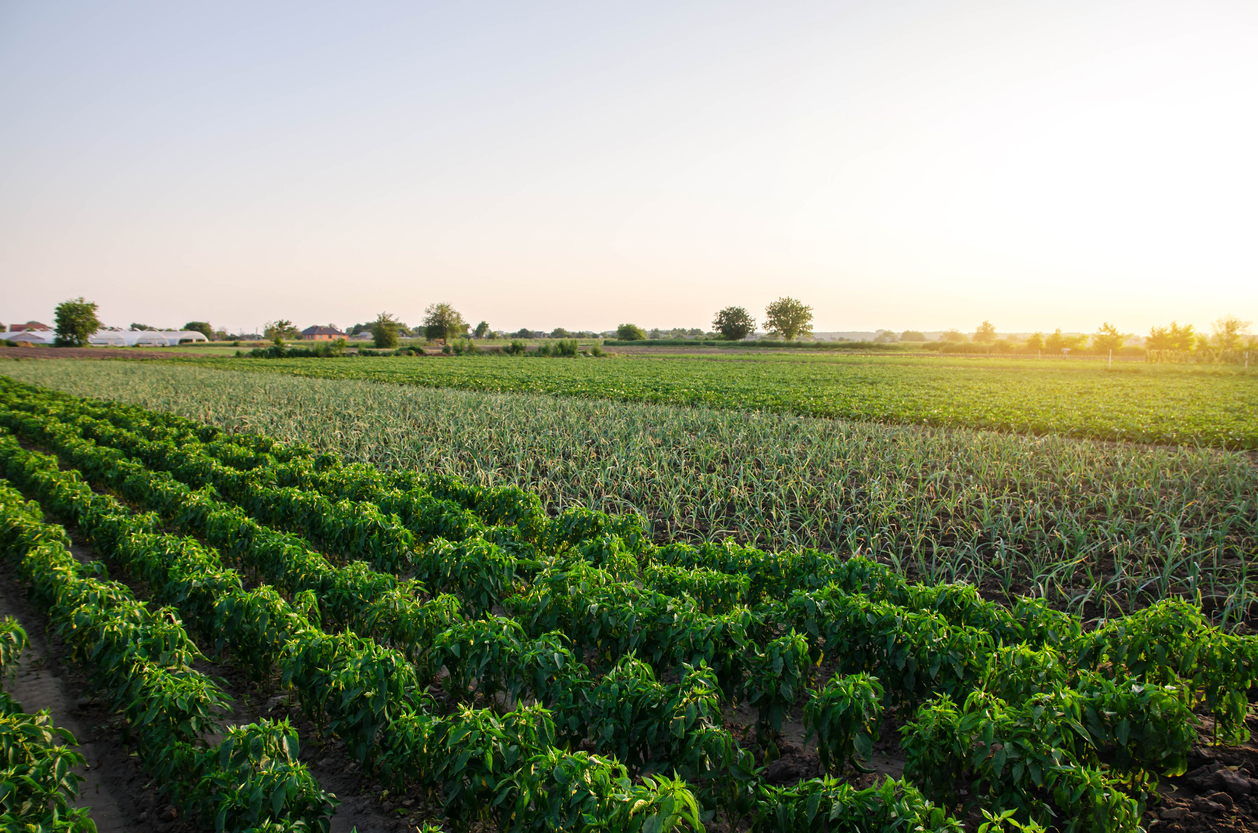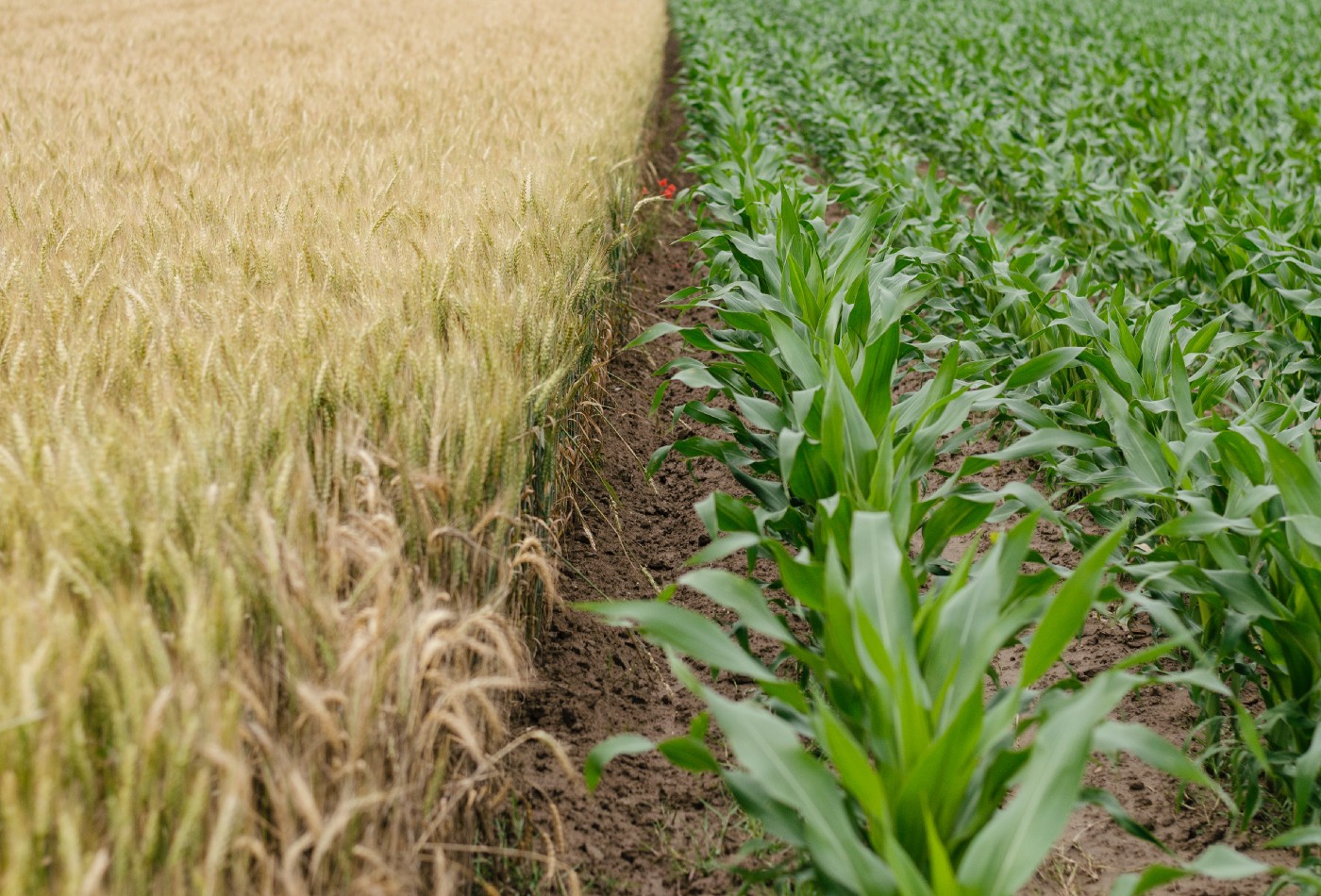Monocropping is a farming technique in which a single crop is planted repeatedly in the same field over an extended period of time. This method has been used by farmers for centuries to maximize their yield and increase production. While monocropping can be beneficial for short-term gains, it can have long-term negative impacts on soil fertility, leading to reduced crop yields over time.
Monocropping has become increasingly popular in large-scale farming operations, as it is cheaper and easier to manage than other systems. However, with its focus on short-term gains, monocropping may come at a cost for soil health and sustainability. To ensure healthy soil and a plentiful future for agriculture, it is important to take a more holistic approach that respects the long-term sustainability of our food production.
By understanding the risks associated with monocropping, people can to create a more sustainable agricultural system that supports healthy soil and abundant crop production. This ensures that future generations will have access to safe and nutritious food. Monocropping has a place in modern agriculture, but it needs to be balanced with other methods that promote soil health and sustainability. To learn more on sustainable farming practices, check out this link.
Impacts of Monocropping

Monocropping could be anything from potatoes to sunflowers, but whatever the crop may be, it can have serious consequences for the environment and our ecosystem. The dangers of monocropping can be broken down into three distinct categories:
Loss of Biodiversity
By planting just one crop species over a large area you reduce biodiversity. This means that any pests or diseases which attack that particular crop have fewer natural predators to keep them in check and can quickly spread across the crops planted. This can lead to devastating losses for farmers.
Soil Erosion
Over time, continuous monocropping leads to soil erosion. Without the natural benefits of biodiversity, soil quality is reduced and nutrients are lost more quickly than in a diverse landscape full of different species all working together. This can lead to crop yields decreasing over time, as well as making the soil more prone to drought or flooding.
Water Contamination
Monocropping can cause water contamination. As agricultural chemicals are used on a large area of crop, any excess that is not absorbed by the soil can leach into ground and surface waters. This can cause serious problems for local wildlife, as well as contaminate water supplies.
Overall, monocropping can have a devastating effect on the environment and our ecosystem. It is important to consider these dangers before adopting this practice in an agricultural setting. There are alternatives available which can reduce these dangers, such as crop rotation or intercropping, and these should be explored before the dangers of monocropping become a reality.
What is Multiple cropping?

Multiple cropping systems are a great way to increase agricultural yields while protecting and preserving the environment. This type of system involves growing two or more crops at the same time, on the same piece of land. The crops grown in multiple cropping systems can be crops that are used for food production, crops that provide fodder for animals, crops used as fuel, crops that are used to make industrial products or crops that produce income.
The crops grown in multiple cropping systems are usually locally improved cultivars of crops such as cereals and legumes. These cultivars have been adapted to local environmental conditions and can often yield more than standard crops. In some cases, farmers might also include perennial crops, such as nut crops or fruit trees as cover cropping to provide shade for a second crop or acting as a companion to defend against pests., in their multiple cropping systems. This type of system allows farmers to enjoy a continuous supply of crops and can increase the diversity of crops grown on their farms.
Multiple cropping systems have many benefits for both small-scale farmers and larger commercial farms alike. These types of systems are more productive, require fewer inputs, and use less land than mono-crop farming systems. In addition, multiple cropping systems can be beneficial for the environment as they help to maintain natural resources, reduce soil erosion, keep nutrients in the soil, and provide habitat for wildlife.
Increased Productivity
One of the main benefits of multiple cropping is increased productivity. By planting a diverse range of crop species in the same space, farmers can maximize the yield they get from one piece of land. This is because multiple cropping helps ensure that the soil remains fertile and productive over multiple seasons. It also reduces the risk of crop failure due to disease or pest infestation, as multiple crops can help protect each other from damage.
Multiple Crops Lead to Higher Profits
Another advantage of multiple cropping is that it can lead to higher profits. Planting multiple crops in the same space allows farmers to take advantage of multiple market opportunities. For example, they can harvest one crop early and sell it at a higher price, or use different parts of the multiple crops for different products.
The Environment Benefits
From an environmental perspective, multiple cropping has multiple benefits as well. This method reduces soil erosion by maintaining a consistent soil cover and conserves natural resources, such as water and nutrients. It also helps to reduce greenhouse gas emissions by reducing the need for chemical fertilizers and pesticides.
Overall, multiple cropping is an effective agricultural strategy that can provide multiple advantages for farmers and the environment. By planting multiple crops in the same space over multiple growing seasons, farmers can increase their productivity and profits while helping to protect the environment.
Multiple Cropping Systems

Multiple cropping systems involve the growing of two or more crops in the same area, either at the same time or successively over multiple planting seasons. There are various types of multiple cropping systems that can be used for different purposes depending on the climate, soil type, and the crops being grown.
Strip-cropping
Strip-cropping involves dividing land up into alternating strips, each containing a different crop. This multiple cropping system helps to reduce soil erosion and increases the efficiency of land usage.
Successive Cropping
Successive cropping is a multiple cropping system in which two or more crops are planted into a field over multiple planting seasons. This multiple cropping system enables farmers to take advantage of different growing seasons or climates throughout the year, ensuring that their yields can be maximized.
Rotation Cropping
Rotation cropping is a multiple cropping system in which different crops are planted in the same field over multiple planting seasons, with each crop taking advantage of the benefits of the soil that the previous crop left behind. This multiple cropping system helps to reduce pest and disease buildup as well as improve soil fertility.
Mixed Cropping
Mixed cropping is a multiple cropping system in which two or more different crops are planted together in the same field, usually for multiple planting seasons. This multiple cropping system helps to reduce soil erosion and improve soil fertility as multiple types of plants can draw nutrition from the soil in different ways.
Conclusion
Monocropping has dangerous effects on ecosystems and the environment at large. It is a monotonous system of crop production that can reduce biodiversity, harm soil fertility, increase water consumption, and pollute the surrounding land.
On the other hand, multiple cropping encourages biodiversity by planting a variety of different crop species in the same area, leading to improved soil fertility and the conservation of water resources. It also has a greater potential for crop growth, which can benefit farmers and local communities alike. Multiple cropping is ultimately a more sustainable approach that you should implement where possible in order to protect our environment from monocropping’s potentially devastating effects.
